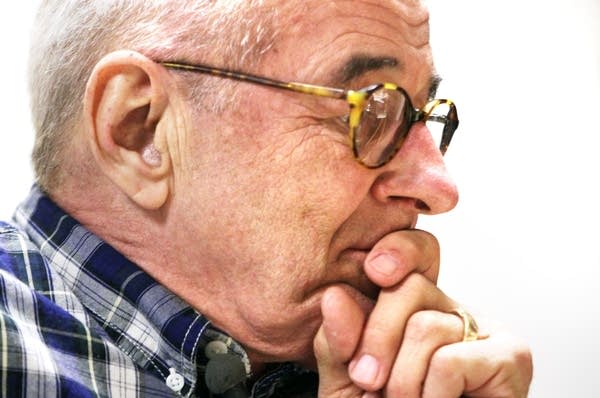Those of us who were helped by Minnesota's higher ed system must help preserve it
Go Deeper.
Create an account or log in to save stories.
Like this?
Thanks for liking this story! We have added it to a list of your favorite stories.

My days are numbered. I am battling a rare and terminal cancer. That harsh reality forces me to reflect upon my life.
I grew up a farm boy in southwestern Minnesota. My parents struggled to eke out a living on an 80-acre farm. Their education was limited and college was not on our radar screen. Given that background, how did I become a university professor?
Put simply, I had access to high quality and reasonably priced public education. If today's political climate had prevailed then, it is unlikely that I would have taken those tentative first steps at a local junior college.
As the governor and Legislature grapple with the state's budget deficit, they and other interested parties will defend their own interests. That's as it should be in the legislative process. However, a greater good must ultimately transcend each of our narrow interests.
Turn Up Your Support
MPR News helps you turn down the noise and build shared understanding. Turn up your support for this public resource and keep trusted journalism accessible to all.
We operate in an environment where starkly polarized opinions dominate policy discussions. However, there is unanimity on one issue. From the Minnesota Business Partnership and the Minnesota Chamber of Commerce to the AFL-CIO and the Citizens League, there is consensus that the key to prosperity and well-being for the state of Minnesota and its citizens is an educated workforce.
A Georgetown University study projects that by 2018, 70 percent of Minnesota's new job openings will require postsecondary education. Today only 48 percent of 25- to 34-year-olds have an associate degree or higher. We must close that gap. Yet at a time when we should be increasing our investment in future workforce needs, the state is cutting appropriations, thus making college less accessible and affordable. Both the House and the Senate have approved substantial cuts to the Minnesota State Colleges and Universities (MnSCU) system and to the University of Minnesota.
Higher education was once considered a public good, like transportation and public safety. From 1960 to 2001, governors and Legislatures treated it as such. Unfortunately, during the last decade we have abandoned that heritage. Gov. Tim Pawlenty and successive Legislatures began treating higher education as a private good. Substituting student loans and grants for state appropriations has been a cruel shell game for the current generation of students.
Through most of the 1980s, the state's share of public higher education was still 80 percent, with students picking up the other 20 percent. In the 1990s, the state share was down to roughly two-thirds of the cost. Today the state's commitment to sharing college expenses has shrunk to 43 percent. Consequently, a tuition tsunami has swamped public college students and their families. During the last decade, tuition has more than doubled. It would rise still further under the bills passed this week by the House and Senate.
MnSCU students are likely to come from modest means. They are frequently the first in their families to attend college. These students work far too many hours, take more credits than they can handle and, given the state's tuition policy, end up with debt that seems as insurmountable as that of the federal government.
If cuts are unavoidable, I ask that they be kept modest. In Minnesota, quality education should not be a private good, limited to the well-to-do or those willing to mortgage their futures with jumbo-sized student loans.
The visionary political leaders of the 1960s and 1970s made long-term investments in my generation's public higher education that continue to pay high dividends for Minnesota. We should do the same for our children and our children's children.
--
Monte Bute is a professor of sociology and social science at Metropolitan State University. This article is adapted from testimony before the Minnesota House and Senate higher education committees.



